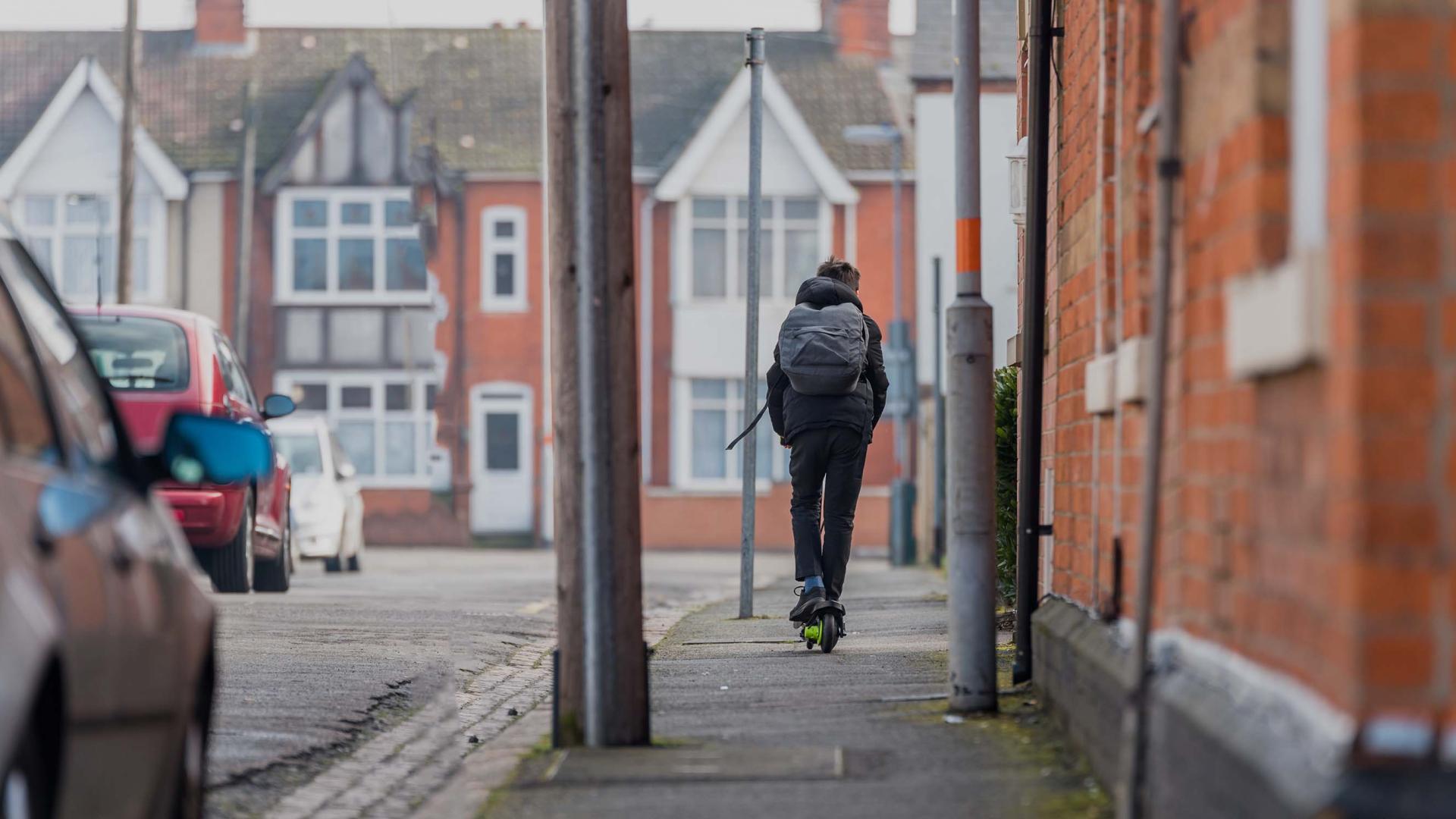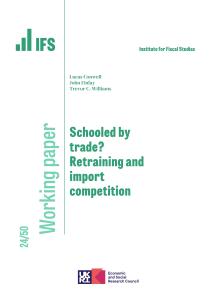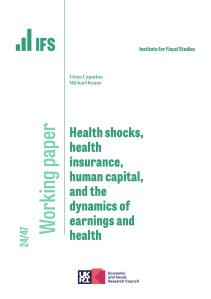Youth clubs are free after-school programmes for local teenagers. These spaces offer a safe environment to spend time with friends outside of school hours, access the support of youth workers, and participate in workshops and activities, often including music or sports. Many countries have similar programmes, and they have been especially popular in the UK: in 2009, 40% of Londoners aged between 11 and 16 reported attending these spaces at least weekly (GLA Young Londoners’ Survey, 2009).
These services are typically funded by local councils, which experienced large funding cuts during the 2010s. These cuts in turn led to many youth club closures. In London, for example, around 30% of youth clubs closed between 2010 and 2019. New research, published today as an IFS working paper, examines the impact of these closures on teen offending rates and educational outcomes.
Previous studies have struggled to disentangle the effects of youth clubs on young people, partly because data on who attends the clubs are limited, and also because those who attend are not chosen at random. It is not as simple as comparing those who do attend with those who do not. This new research makes use of new hand-collected data and exploits geographic variation in youth club closures to provide credible causal estimates of their impact on crime and education. It compares offending rates and exam results among teenagers who live in an area where all local youth clubs within a 40-minute walk closed, with those among teenagers whose nearest youth club stayed open. The research first establishes that youth club closures did reduce the likelihood of local youths attending after-school activities, and then employs a range of cutting-edge empirical techniques to estimate the impact of losing access to a youth club on crime and education.
There are two primary conclusions from the research.
First, teenagers whose nearest youth club was closed did worse in school. Specifically, London youths who lost access to a nearby youth club performed nearly 4% of a standard deviation worse in their GCSE exams. Converting this into GCSE grades is complicated by the reforms of the mid 2010s, but it is roughly equivalent to a decline of half a grade in one subject. The effects were even more severe for pupils from lower socio-economic backgrounds (defined as those entitled to free school meals), whose test scores fell by almost 12% of a standard deviation (which corresponds roughly to doing more than a grade worse in one subject).
Second, youth club closures led to an increase in offending. Young people who lost access to a youth club were 14% more likely to engage in criminal activity in the six years following closure: the offending rate (the fraction of residents aged 10 to 17 who commit a crime each year) went from 14 per 1,000 to 16 per 1,000. There were particularly large increases in acquisitive crimes (e.g. theft, robbery and shoplifting), drug offences and violent crimes.
These results point to the important direct role of youth clubs in supporting teenagers outside of school hours. The research finds, for example, that after a youth club closed, local teenagers reported spending less time doing homework and more time playing videogames and on social media. This is likely due to youth clubs providing a good place for studying. But the results also suggest that youth clubs provide wider development benefits – perhaps through mentoring from youth workers – that spill over into school performance and wider life.
In addition, youth clubs did not just serve as ‘holding spaces’: following a closure, local youths were not just committing more crimes during the hours they would otherwise have been at youth club; there was an increase in crime during all hours of the day. This suggests that the positive activities and structured support provided by youth clubs helped keep young people out of trouble more generally.
Finally, taking these results together, the research suggests that youth club closures will create greater societal costs than the sums saved from public spending by their closure. Teenagers who do less well in their GCSEs go on to earn less over their lifetime (Hodge et al., 2021) – which is bad for them and bad for the taxpayer. Crimes are costly – to the victim, but also to communities and to the criminal justice system (Heeks et al., 2018). Taking these factors into account, the research estimates that for every £1 saved from closing youth clubs, there are societal costs of nearly £3. From the perspective of the government’s finances, the results suggest that around half of any initial savings from cuts to youth clubs are eventually offset by reduced tax revenues (due to lower educational attainment) and higher spending on criminal justice.
This is not an exhaustive cost–benefit analysis, but it does suggest that the programme of youth club closures will not have saved the exchequer anything like as much as the up-front reduction in spending. As policy around youth services evolves, and some councils consider further closures, this research highlights the potential returns to youth club provision and its importance in young people’s development, and suggests that youth club closures that save local authorities money in the short run could add to the pressures on other parts of government over the longer term.
This project has been funded by the Nuffield Foundation, but the views expressed are those of the authors and not necessarily the Foundation










